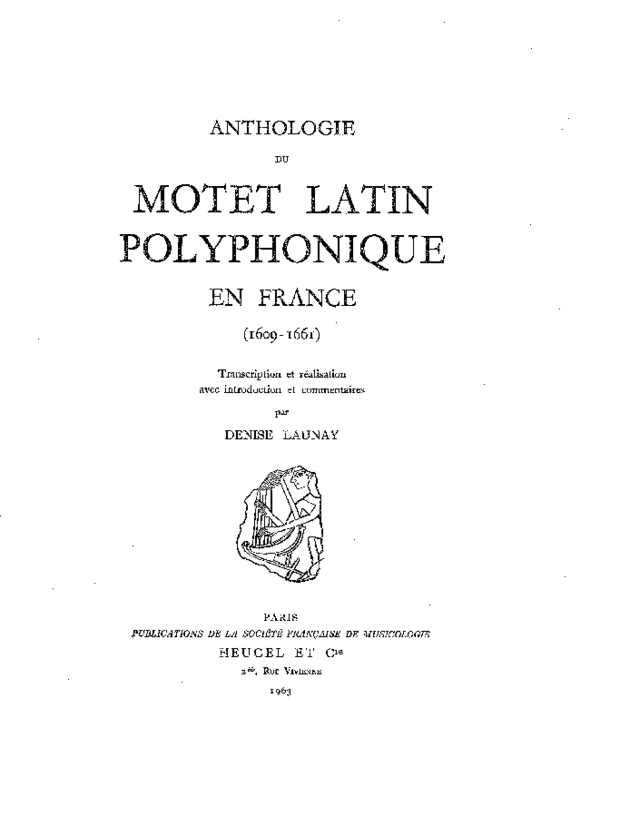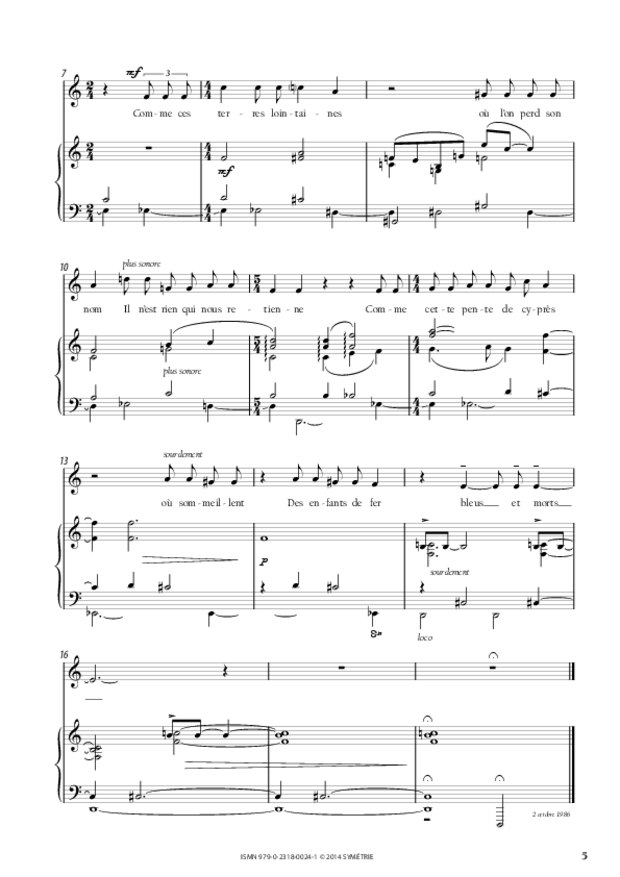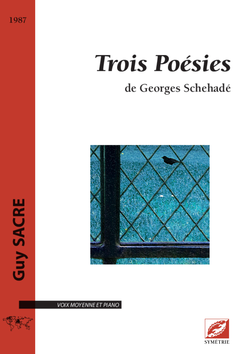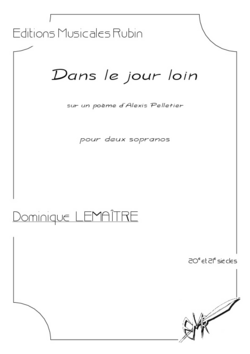Singing from the book, in the Renaissance, meant adding one or more voices to a written melody known as the cantus firmus, which could be plainchant, a song, a psalm, etc. The singers improvised other lines around the cantus firmus, thus creating instant counterpoint.
This practical handbook explores in depth the different models for improvising above a cantus firmus, ranging from the gymel (in two voices) and the fauxbourdon (in three voices) to florid counterpoint in four and five voices, and also several models without a cantus firmus, such as the canons in two and three voices.
Precise instructions illustrated with musical examples are given for improvising the different voices in each model. Study advice and preparatory exercises are also provided to guide learners as they go along.
The second part of the book consists of a collection of melodies taken from music both sacred (anthems, hymns, psalms, carols and laude) and secular (songs), allowing each singer to put into practice the improvisation models proposed. Ample space is given to the beautiful melodies of the 15th and 16th century songbooks, namely Bayeux, Palacio, Chardavoine and the Lochamer Liederbuch.
This book is for all, that is to say amateur and professional musicians, music teachers, singers and instrumentalists alike. Everyone will glean from the different chapters the advice best suited to their skills and desires. It can also be used as an introduction to arranging and writing in the style of the Renaissance.
Fourth edition (revised and augmented)
This new version of the book is divided into three main parts devoted respectively to canons, simple counterpoint and florid counterpoint. The reorganization of the teaching content led to the addition of three new chapters, devoted to one-voice counterpoint above a cantus firmus (Chapters 9 and 10) and three-voice counterpoint above a cantus firmus (Chapter 12).
Furthermore, in order to make the presentation even clearer and simpler, all the chapters of the previous editions have undergone pedagogical revision which is either partial (Chapters 1 to 7, 13 and 14) or comprehensive (Chapters 8, 11 and 15). Consequently you will find that instructions have been reformulated, new explanations added and learning stages redefined.
Unlike the previous versions this edition is supported by a substantial amount of historical research. All the counterpoint models presented here (with the exception of those in Chapter 15) can be found in one or more sources – a treatise or a written composition – from the 15th, 16th or 17th century. Most of the sources are available on the superlibrum.com website, where readers can consult them at their own convenience, either in the original form or in a modern transcription or translation.
Finally, the section devoted to cantus firmi has been supplemented not only with pedagogical cantus firmi, which are very useful for beginners, but also with sacred melodies presented both in early and modern notation.
Contents
-
Preface1
Philippe Canguilhem
-
The adventures of improvised counterpoint3
Jean-Yves Haymoz
-
Singing from the book today – didactic observations6
Barnabé Janin
-
I. Canons
- Chapter 1. Two-voice canons13
- Chapter 2. Three-voice canons37
-
II. Simple Counterpoint
- Chapter 3. The gymel45
- Chapter 4. The fauxbourdon55
- Chapter 5. Gymel + bassus63
- Chapter 6. Gymel + mixed contratenor73
- Chapter 7. In four voices with a 3/5 or 8/10 bassus77
-
III. Florid Counterpoint
- Chapter 8. One voice above a cantus firmus with obbligato rhythmic motif95
- Chapter 9. One voice above a cantus firmus with obbligato melodic motif101
- Chapter 10. One voice above a cantus firmus in free counterpoint112
- Chapter 11. Two voices above a cantus firmus132
- Chapter 12. Three voices from a cantus firmus144
- Chapter 13. In tenths around a cantus firmus149
- Chapter 14. Canons above a cantus firmus163
- Chapter 15. In four and five voices above a cantus firmus in the tenor176
-
IV. Guidelines for Improvising
- Cantus firmi192
- Theoretical issues257
- Bibliography266
- Advices267







